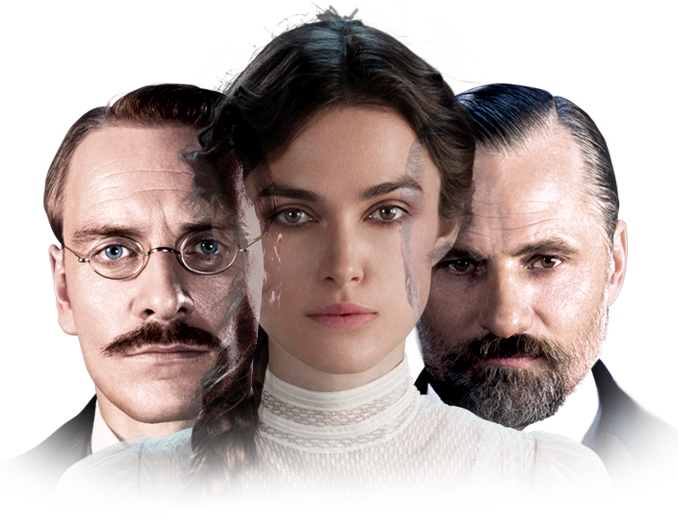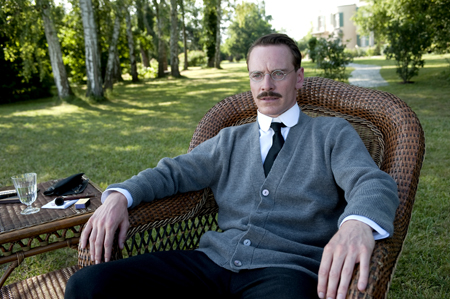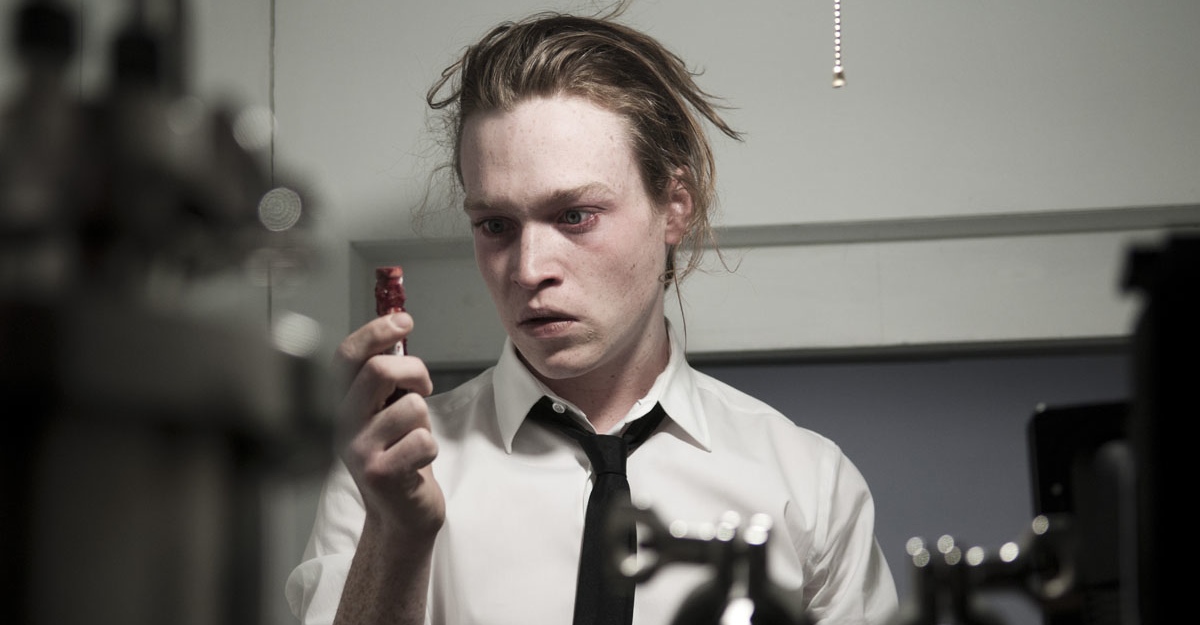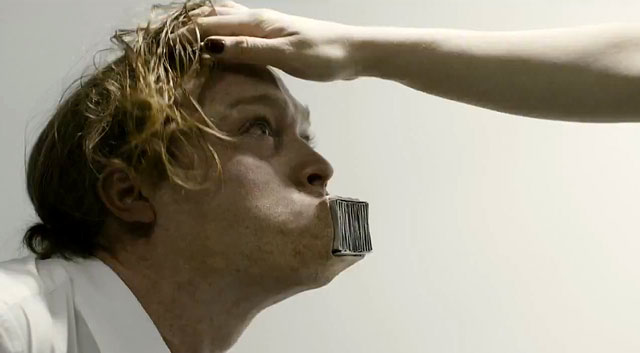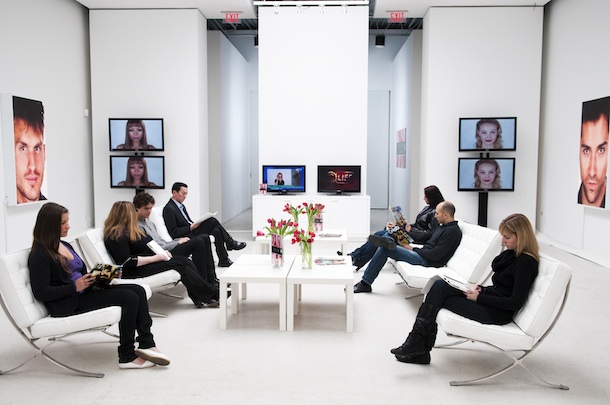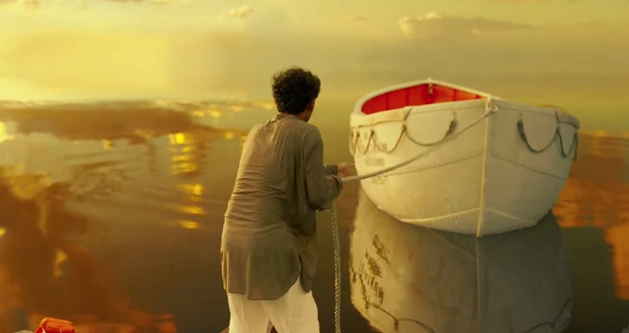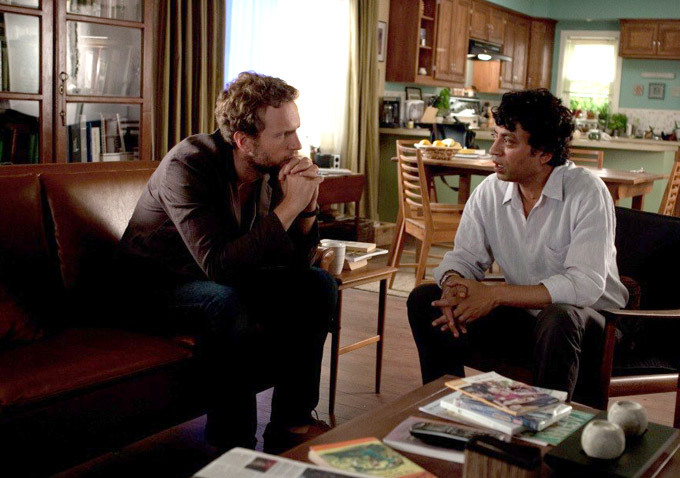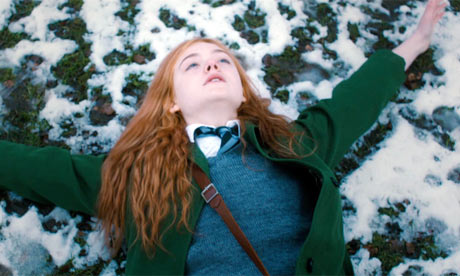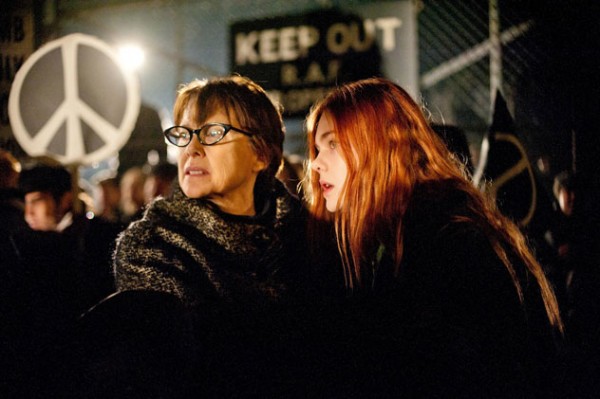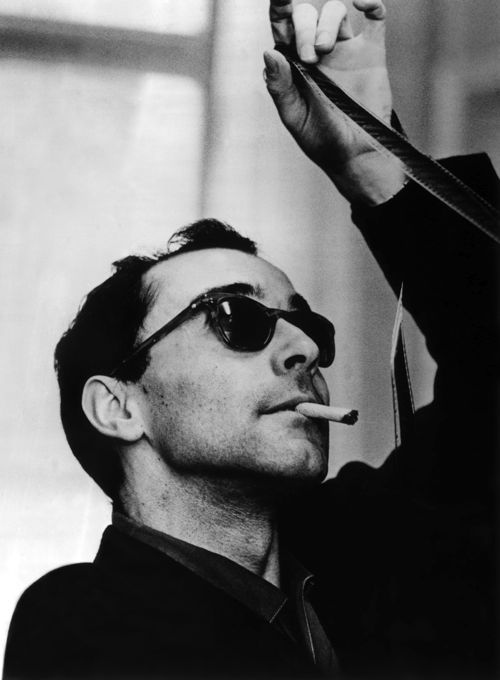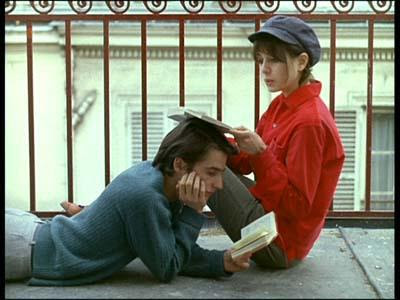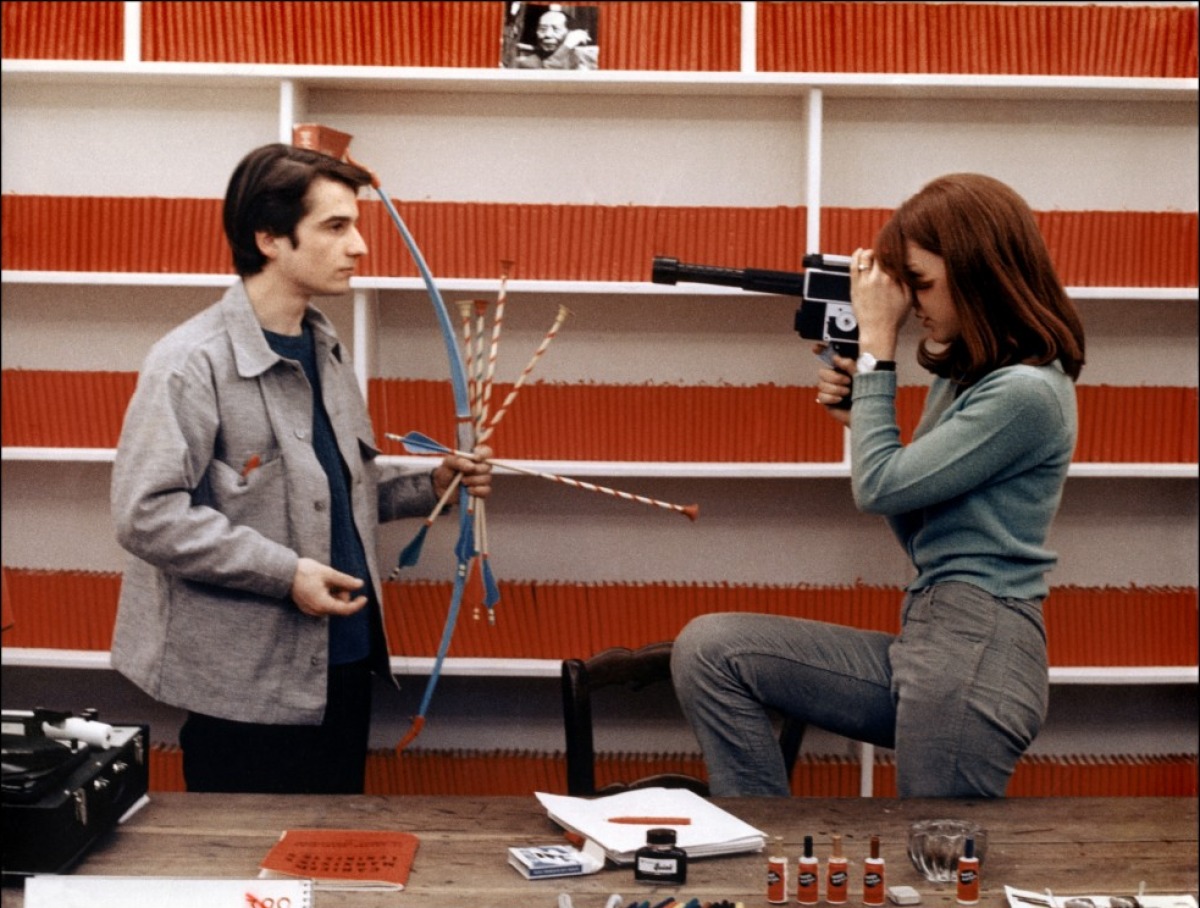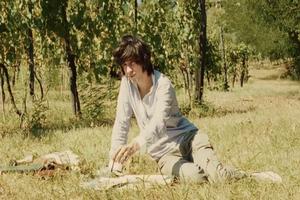A Dangerous Method examines the relationship between Freud (Viggo Mortenson) and Jung (Michael Fassbinder), and how this intellectual alliance is affected by Sabina Spielrein (Keira Knightley), a patient of Jung’s who is suffering from severe trauma. Sabina gradually makes her way into the lives of both men, and grows to become their intellectual equal when she becomes a prominent psychologist.
It is interesting to note that Cronenberg films Sabina so that she is androgynous in appearance; this is purposefully done to emphasize how she embodies the male and female ideas that Freud and Jung embody, respectively. The competing theories of Freud and Jung merge into those of Sabina’s work as a psychologist, as she has in a sense reconciled the anima nature of Jung’s theories with the animus nature of Freud’s.
Jung theorized that when anima and animus combined, they would form one being which has both female and male aspects, known as Mercurius. With her androgynous nature, Sabina has become Cronenberg’s version of Mercurius.
Similarly, Freud is filmed as being very masculine and unyielding in appearance, while Jung is portrayed as being feminine and soft. Freud, with his emphasis on the validity of science and logic, embodies the masculine ideal in psychoanalysis, while Jung, with his interest in Eastern-inspired mystical theories, embodies the feminine ideal.
The Cronenberg film which most resembles A Dangerous Method is Dead Ringers. Dead Ringers also deals with two doctors, twin brothers both played by Jeremy Irons, who become involved with a female patient of theirs. Like Freud and Jung from A Dangerous Method, the doctors in Dead Ringers are overtly masculine and feminine in nature, while the woman they are involved in is androgynous in nature. Thus, with Dead Ringers, Cronenberg was already exploring the psycho-sexual issues that the three central characters of A Dangerous Method embody.
Cronenberg examines this intriguing interplay between Freud, Jung, and Sabina in a very straightforward manner, which actually works better than portraying it in a more fantastical way. If Cronenberg had made A Dangerous Method earlier in his career, when he specialized in films filled with surreal and shocking imagery like Videodrome, Naked Lunch, and Scanners, he probably would have visualized much of the surreal aspects of the film.
There are scenes where Jung describes his many fantastical dreams to Freud in vivid detail, and in another scene Sabina tells Jung about a recurrent nightmare she has about being attacked by a fleshy appendage. Cronenberg has chosen to hold back and not portrays these sequences visually; instead, he purposefully leaves them to the audience’s imagination.
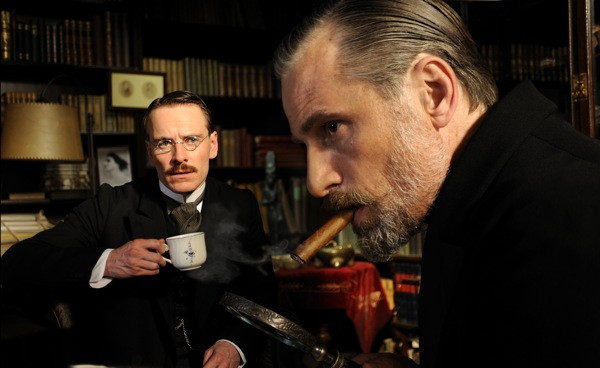

He does so because for the older Cronenberg, his purpose is no longer to shock the audience in order to get his point across. Instead, he wants the audience to focus on the ideas and concepts of the film, rather than being distracted by surreal imagery. This calculated move has already alienated many of Cronenberg’s fans, who have dismissed A Dangerous Method as being nothing more than an overly talky costume drama.
However, A Dangerous Method still explores all the concepts that Cronenberg has been dealing with throughout his career, including sexual aberration, the struggle between anima and animus, and repulsion of the flesh, but does so in a much more cerebral and intellectually stimulating manner.
Most of A Dangerous Method consists of Jung, Freud, and Sabina sitting in rooms discussing their various theories and ideas. Cronenberg is forcing the audience to approach his film in a new way, by focusing on what is being said, rather than being swayed by horrific imagery. This new approach gives the viewer a chance to reflect upon the dialogue, and to approach each scene as a mental exercise in which they can actively engage with the intellectual discussions that are occurring.
With A Dangerous Method’s many scenes of verbal sparring between Freud, Jung, and Sabina, Cronenberg has found a way to convey his obsessions and concerns in a less literal level, and discovered that sometimes it is better to engage the audience through their head instead of their heart.
